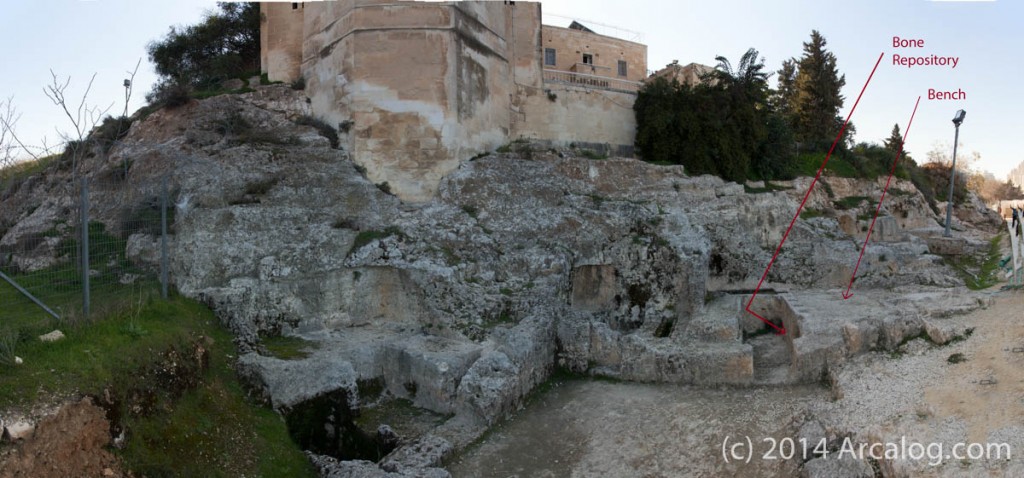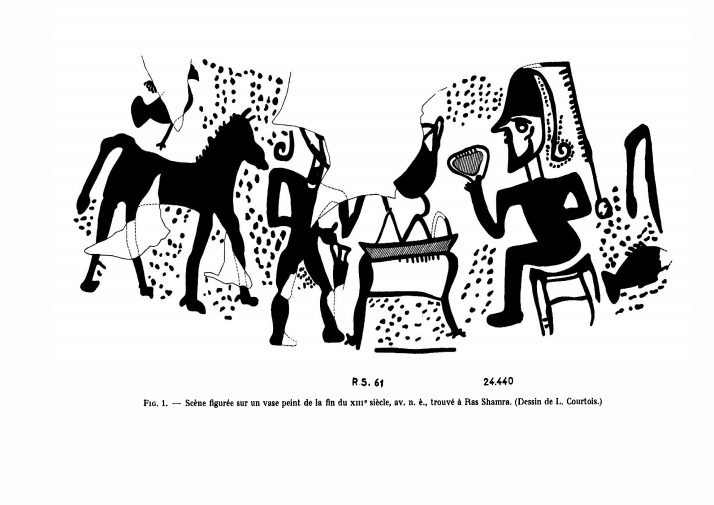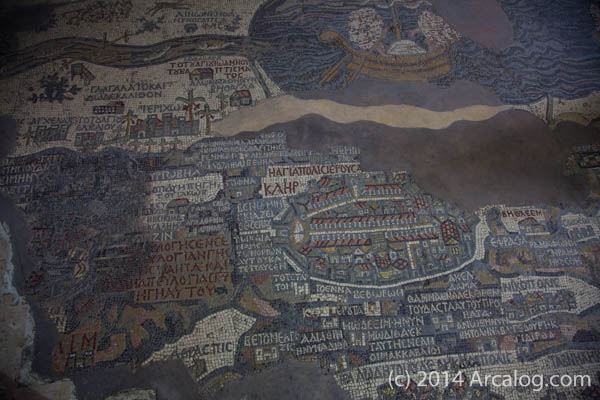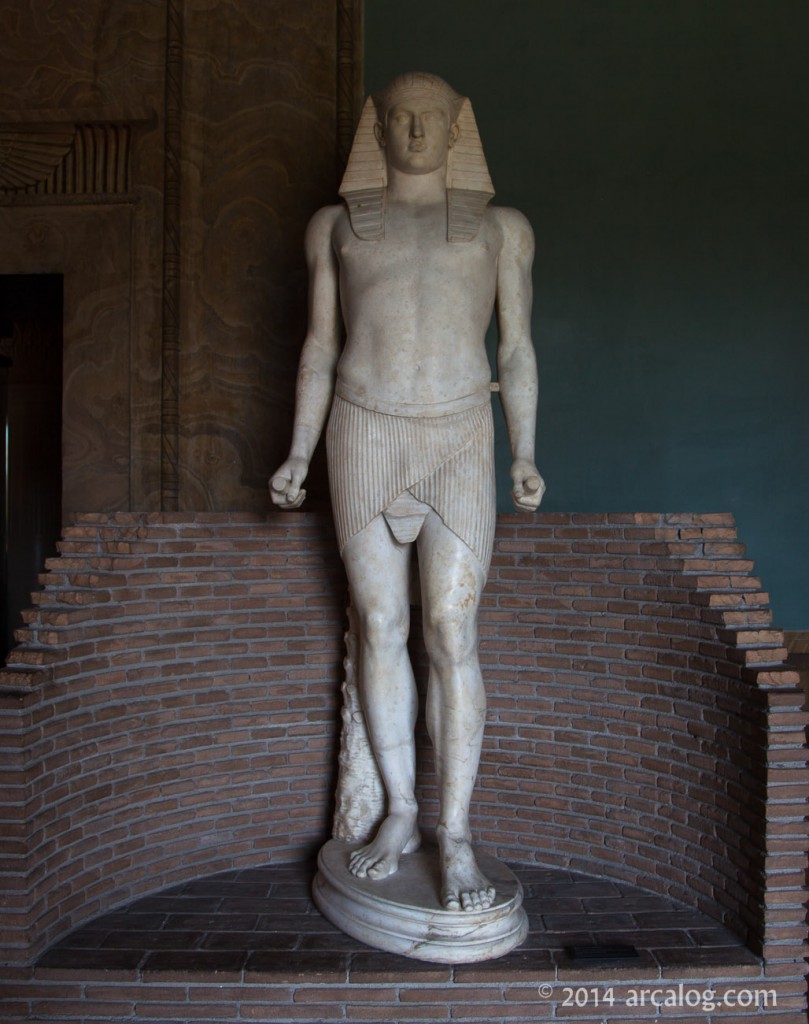I’ve read a few editorials in the National Post recently that argue for the legalization and normalization of prostitution in Canada. The argument goes something like this: Prostitution is essentially a woman selling what belongs to her. So why should the government prohibit the transaction? Why not regulate it instead? In this way, the laws of supply and demand are allowed to function – and a state agency will be there to protect women. Similar arguments are used to justify the legalization of drugs. Those who make these kinds of arguments appeal to pragmatic and scientific considerations rather than moral ones (a false dichotomy), an approach that G. Bruun traces back to the French Revolution,
“The radical thinkers of the Enlightenment were rebels against an ecclesiastical tradition fifteen centuries old, a tradition which insisted that man is a sinful creature, living in hourly danger of death and an after-judgment, and powerless to save himself without the assistance of divine grace and intervention. To substitute for this view the more pagan and more rational concept that the virtue of an act depends upon its consequences implied a revolution in ethical thought, for it made reason, not conscience or tradition or revelation, the supreme authority in moral decisions.” (Bruun 1938, 237)
The French Revolution sought to marry statecraft with science, believing that social problems could be solved by discovering the natural laws that govern human interactions.
“Mankind, they agreed, stood on the threshold of a new and glorious era. All that was needed to unlock the millennium was a supreme legislator, a Euclid of the social sciences, who would discover and formulate the natural principles of social harmony.” (Bruun 1938, in loc.)
We have adopted the same supposedly pragmatic and scientific approach to managing our economy. Rather than purge economic excess and send criminals to jail, we have chosen rather to view our economic troubles as a set of technical challenges that must be overcome with the help of experts. It seems to me that the economist, J.M Keynes, was one of the foremost proponents of this approach. Keynes argued that in deflationary periods, like that of the Great Depression, only the government has the power to stimulate demand and put the economy on an upward trajectory. Keynes said that it doesn’t matter where demand comes from, as long as it generates further demand. Bury jars filled with money and send men out with shovels to dig them up, or go to war, whatever it takes to get money moving again! And so we have almost every central bank in the world setting interest rates at near zero and purchasing long dated securities.
But the whole premise of Keynes’ theory begs the question, “Why is our financial system so fragile in the first place?” Shouldn’t a healthy economy be able to withstand a protracted period of declining prices? How is it that the very survival of our financial institutions is predicated on 2% inflation – or more? The answer to these questions can be summed up in one word – debt. It doesn’t take a Nobel Prize in economics to see that excessive debt makes our system fragile. When a crack appears, we hastily patch it with another wasteful government program or resort to statistical wizardry. Thus when Spain, Italy and Great Britain exceeded their budget deficit cap of 3% of GDP, they revised GDP upwards by including the sale of sex and drugs in their calculations!
It is the height of hypocrisy to speak of the degradation of our environment without addressing the fact that our entire economic system is built around ever increasing amounts of debt and consumption. I recently had a chance to look at a house in Levittown that a friend of mine purchased and renovated. Levittown was America’s first suburb. The developer, Levitt & Sons, mass produced these homes at a rate of 1 house every 27 minutes! The houses sold for under 8,000 USD each, zero money down. This might be considered a great economic achievement – capitalism at its most efficient! But go back and look at those homes today. Their concrete floors have broken away from the foundations and have sunk over 4” in places, their walls are barely insulated. Mice in the attic have gnawed exposed electrical wires bare. The giant oil tank buried in the front yard is in the process of disintegrating, and its heating oil steadily leaches into the soil. Take these problems and multiply them by the 20,000 homes built in Levittown and you have a problem! My friend bought that house in Levittown for 90,000. It took another 60,000 to make it inhabitable. All of the money that was spent building that house in the first place, gutting it, and essentially rebuilding it again, shows up in a nation’s GDP but how much of that activity created real value and how much of it was essentially the equivalent of digging a hole and refilling it again? One could ask the same question about the mini-fridge whose freezer comes with a brittle, polystyrene door; or the electric drill whose metal gears have been replaced with nylon; or the hot water tank whose lifespan has been reduced from 20 to 7 years. Our GDP measures only what is tangible, and we formulate our policies based on these numbers. But real value cannot be measured. And technocrats do not know what it is.
We have chosen to put our faith in experts who make decisions based on what is pragmatic instead of what is moral. But the consequences of ignoring the intangibles are all to real. Man does not live on bread alone, and neither, apparently, does an economy.
The evolution of the capitalist spirit still proceeds upon its course, a course in which we can clearly distinguish two phases: until the end of the 18th century, and since then to the present day. In the first epoch, which comprised the period of early capitalism, the character of the capitalist genius was essentially restricted and repressed, in the second its expression was essentially free. Its bonds had been the restrictions of a code and a morality riveted by all the Christian catechisms… It may well be that, among the many stimuli which the Revolution provided for the encouragement of capitalist enterprise, none was more pervasive in its effect than the substitution of a climate of opinion frankly secular, as an alternative to a social philosophy which had been, until the later eighteenth century, laden with theological preconceptions. (Bruun 1938, 145)

References:
Bruun, G. (1938). Europe and the French imperium, 1799-1814. New York, London,, Harper & Brothers.




